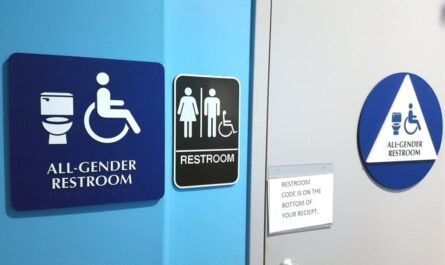Los Angeles, CA – Dining out in the United States is becoming noticeably more expensive, according to fresh data released in November 2025. Restaurant menu prices for popular items such as beer, burgers, burritos, and coffee have all seen significant increases compared to last year.
This trend reflects ongoing global economic pressures, including supply chain disruptions and labor shortages initiated during the COVID-19 pandemic and compounded by recent geopolitical events.
Economic Pressures Driving Menu Price Increases
The latest insights from Toast, a restaurant management software company, highlight the cost inflation restaurant-goers are facing in October 2025. The company analyzed pricing data from a large network of 156,000 restaurant locations nationwide, revealing median price increases across multiple popular menu items.
- Beer prices rose by 2.5% to a median of $6.50 per serving.
- Burgers saw a 3.2% price uptick, reaching a median price of $14.53.
- Burritos increased by 3.3%, with median prices hitting $13.43.
- Cold brew coffee prices surged most sharply, climbing 4.7% to a median of $5.53, while hot coffee rose 3.2% to $3.57.
These cost increases are influenced by a complex mix of factors, including tariffs, shipping costs, and extreme weather affecting key agricultural regions.
Understanding the Impact on Key Menu Items
Beer prices are affected by tariffs and import costs, especially for international brands. Toast’s data shows a steady rise, underscored by ongoing global trade tensions and supply chain disruptions.
“Restaurant menus reflect the broader economic environment, where tariffs and shipping delays push costs higher,” said a Toast spokesperson.
Burgerflation is tied strongly to beef price surges caused by factors such as a shrinking cattle herd, labor shortages in meatpacking plants, and export demands. According to the Associated Press, these supply challenges, coupled with rising production costs and drought, have driven beef prices sharply upward.
Burrito pricing follows similar meat cost patterns, with sourcing and processing expenses affecting the final menu prices. Variability in how meat is raised in the U.S. further complicates pricing.
The Coffee Price Spike: Climate and Market Forces
Coffee prices are rising amid record global production challenges. The “bean belt” region, essential for coffee cultivation, has been hit by extreme weather—including droughts and flooding—compressing supply just as demand grows steadily.
“Coffee prices have reached their highest annual increase since 2011,” noted the Bureau of Labor Statistics, highlighting a 20.9% year-over-year rise as of August 2025.
Read Also: Six Watertown Body Works Shops Closed Following Inspection Failures
These challenges are compounded by tariffs and import costs, making your daily coffee more expensive at cafes nationwide.
Bigger Picture: Grocery Costs and Regional Variations
This restaurant pricing trend comes amid broader concerns over food affordability. High grocery bills remain a major stress for Americans, especially in cities like Detroit, Cleveland, and Birmingham, which suffer from lower median household incomes despite not always having the highest grocery prices.
For more detailed insights, visit the full report by Fox9.
Looking Ahead: Navigating Rising Food Costs
Restaurants continue to adapt to these rising costs, but consumers should anticipate gradual increases in dining expenses as global economic and environmental factors persist.
- Menu price hikes reflect the ripple effects of international tariffs and supply disruptions.
- Food supply chain stability remains uncertain with ongoing labor shortages and climate impacts.
- Increasing consumer awareness can help drive demand for sustainable and cost-effective food sourcing.
What do you think about these rising dining costs? Share your thoughts in the comments below!


 by
by 

